Natural Dyeing: Experimenting with colour
When I first stated natural dyeing I found it daunting & somewhat intimidating. There was so much to learn and remember however over time I have come to see the simplicity in a process that first felt overwhelming. Just like anything when you break it up into small sizes it becomes much easier to grasp. Bringing colour into your life through natural dyes might be easier than you think as there are endless supplies of natural dyes around us.
Once you start experimenting you will begin to see the potential of colour all around you. If you do not have a garden, local parks or neighbourhood gardens can be overflowing with possibilities. Starting in your kitchen look at what you put in the compost on a regular basis. Yellow and red onion skins, tea leaves and coffee grinds, cabbage, pomegranate rind, avocado stones and skins can all yield beautiful soft colours. Outside in the parks or countryside, fallen leaves, acorn, alder cones, nettles, dandelions, daffodils or dahlias are a great starting point.
Take a walk and look around you at the trees, plants or shrubs in your neighbourhood & consider experimenting with these. The wonderful thing about trees is that all the different parts can be used, the fallen bark, twigs, leaves, flowers or fruit. Living in Dublin we have lots of beautiful old Oak trees & Alder which grow by the river banks. When I lived in California there was an abundance of Eclyuptus trees, after strong winds, the ground would be covered with the leaves which yield the most beautiful rusty browns to soft pinks and dark reds.
Just like with cooking and most processes there are many ways to approach this process, there is no one right way and that is part of the beauty of this craft. There are however only a few rules when following this process. The first thing to consider is that the cloth you will be dyeing must be cleaned thoroughly by a method known as scouring. Scouring is a process of removing any natural oils, waxes or residues from the cloth that may be leftover from the manufacturing process or if it’s an antique piece, accumulated over time. You want to remove as much coating from the fibre as possible in order for the cloth to take up the mordant & dye effectively & evenly.
Often when people first start they skip this step and get uneven or weak results. To clean the fibres you can use dishwashing liquid or a scouring agent which can be purchased from dye suppliers. It is possible to purchase fabric that has been prepared for dye “PFD” or “RTD” ready to dye, which just needs to be rinsed prior to dyeing.
It was great to see all of your comments and questions in the last article and I would love to know what part of the world you are in & what trees, plants or flowers are most common in your areas?





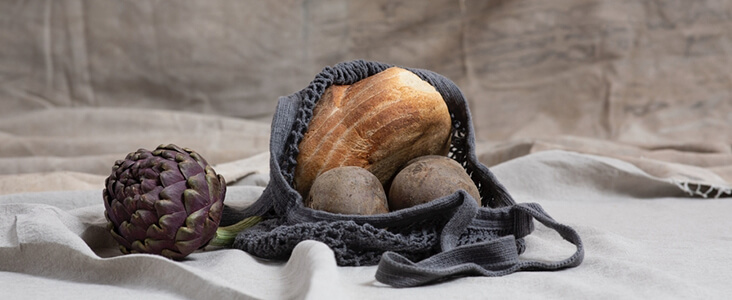
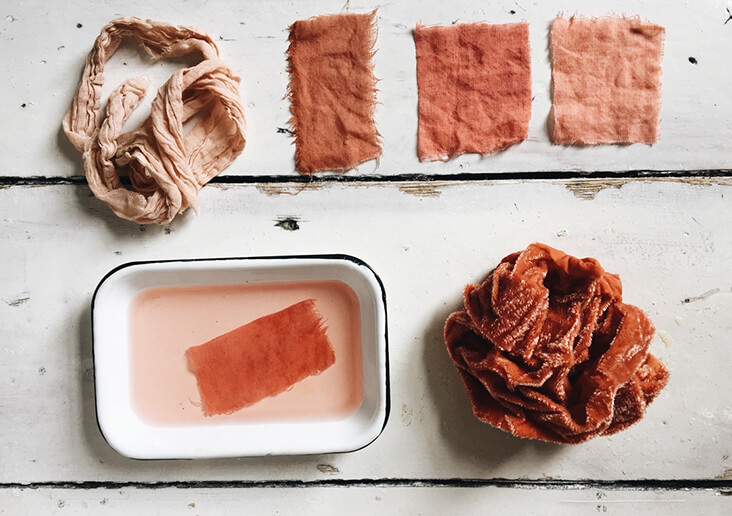
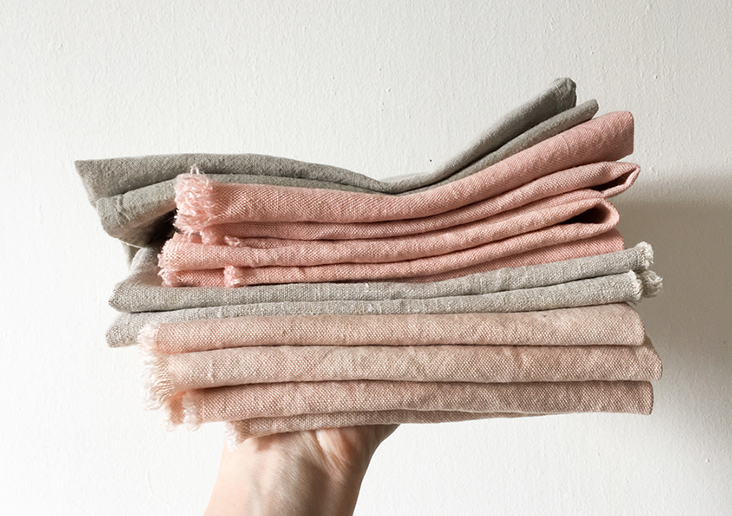
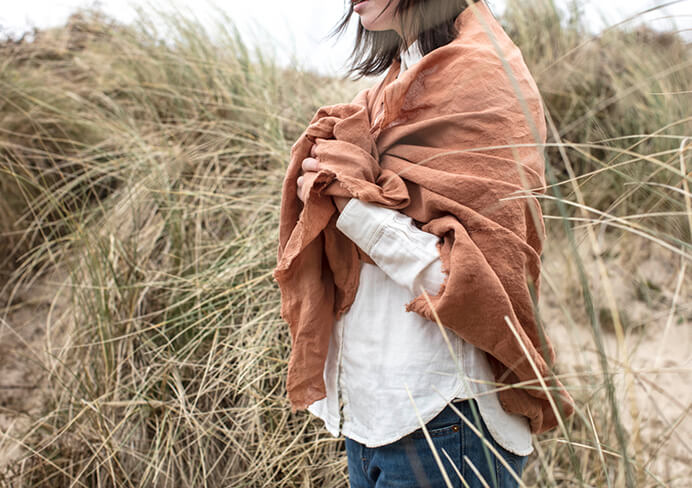
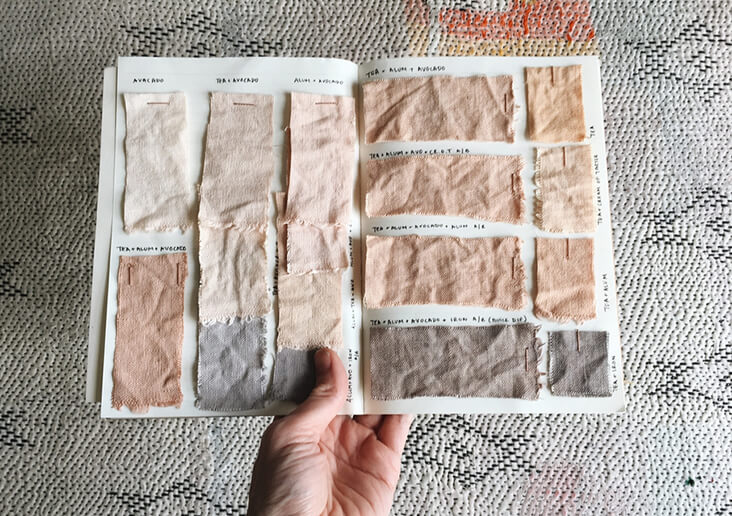




















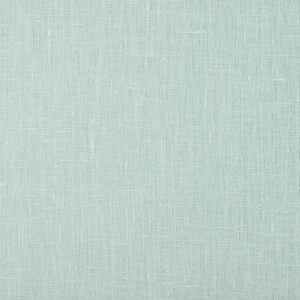


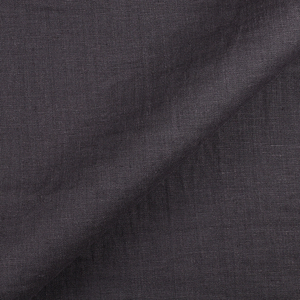



















7 Comments
Bev Hill
I live in the coastal bend region of Texas. So far, all the plants I’ve used for dyeing or printing have been from wild plants growing on our property here, with the exception of some indigo plants which I ordered seeds for and some things I’ve tried from the garden.
For dyeing I’ve used oak gall, pecan hulls, dewberries, grapes, “bluebrush” berries, The heartmeat of the yaupon holly tree and coreopsis sunflower petals. For botanical contact printing I’ve used dewberry leaves, rose leaves, hawthorn leaves, oak leaves, coreopsis sunflowers, chinaberry leaves and blooms, pecan leaves, grapevine and grape leaves, and an unknown swale weed which had big beautiful leaves. Then from my husband’s vegetable garden I’ve used red cabbage and native american black corn.
There is so much here that I haven’t even tried yet, including an acacia tree. I am so happy to learn about cutch and can’t wait to try. There is wild sarsaparilla here that I would like to try and many other trees and brush. Our county is known as the wildflower capitol of TX so I would like to try some of the other wildflowers but don’t want to deplete any populations of flowers.
Kathryn Davey
Hi Bev,
How interesting, it sounds like you have tried lots of different materials. I’m so curious, how did the black corn work out? It’s fantastic because no matter how many things you experiment with there is always so much more to try! There really is no limit to the possibilities. It’s wonderful to hear what you have access to all around you & I’m sure the colours reflected in the local palette are so beautiful. Thank you for sharing a little piece of your world with me! x
Bev Hill
The black corn came out beautifully on silk but not so well on cotton. I do not know if it will rinse out. I try to make things that don’t usually need washing, like scarves, when I use plant matter that does not have its own tannin.
Susan Bechamp
I’m looking forward to spring so I can start harvesting what our wooded property has to offer for dying fabric. I live in the area of mid-Michigan known as the snow belt. We won’t be snow free until mid May. I’ve used wild blackberries, acorns and onion skins on linen. I’m planning to try lichen and moss this year.
We get a wide variety of mushrooms in different colors in the woods I may try these as well.
We have filtered well water, (which has a naturally high mineral content) that may effect the results I get.
Kathryn Davey
Oh wow! Mid-May is a long way off, I thought we had it bad in Ireland with all the rain and cold weather but snow until May sounds challenging. I’ve never dyed with Lichen but I’ve seen many people get wonderful results. I think your water will affect the results but it sounds like you have quite a bit of expereience in dyeing and you probably already know how to change the PH of your water to get different results. You could experiment by adding vinegar or lemon juice and see how that affects the colour.
Betsy Naselli
I am inspired to try this! Thanks!
Kathryn Davey
Hi Betsy, your so welcome, let me know how you get on xo